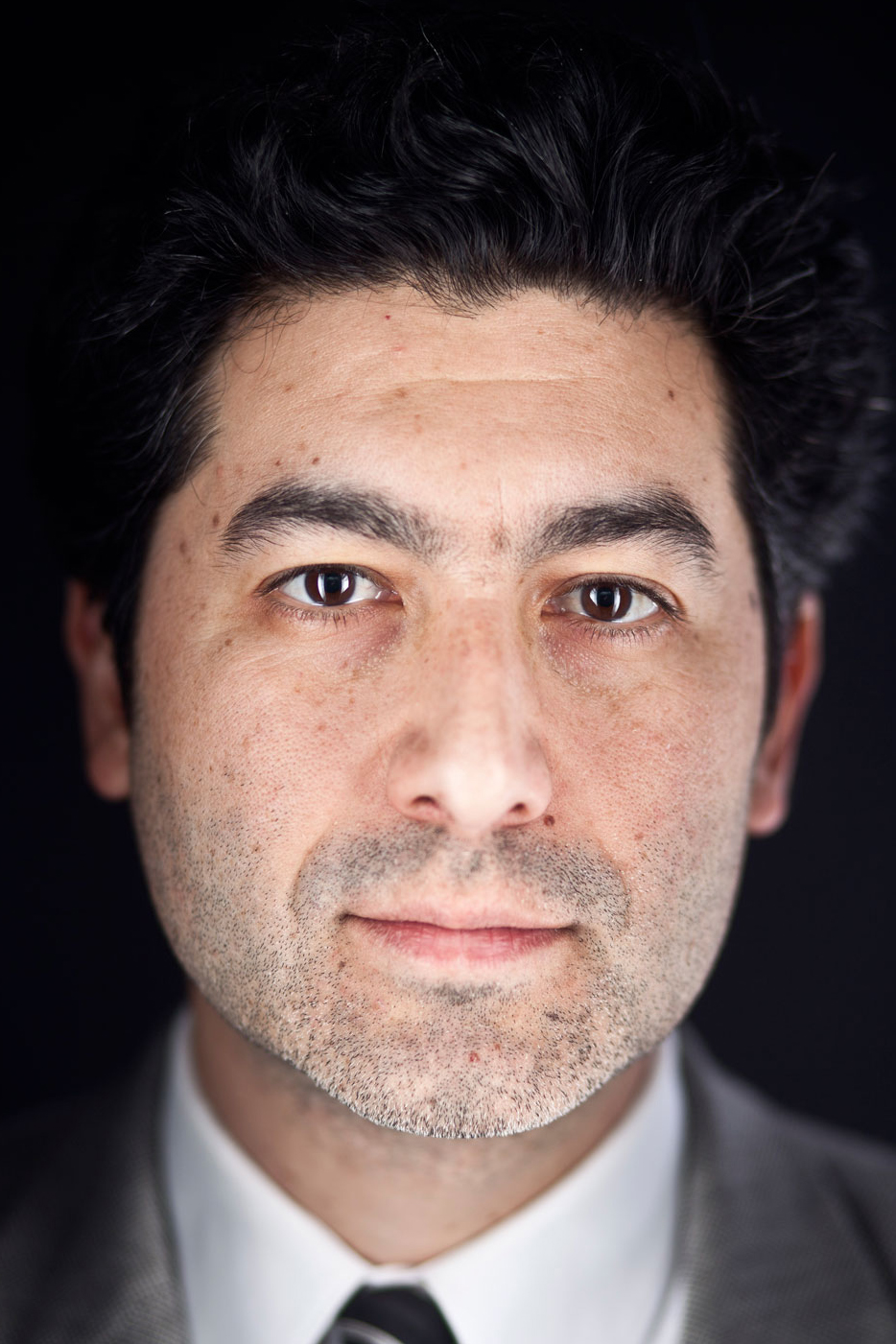How Vanderbilt Became the Nation’s Top Producer of Minority Ph.D. Recipients in Physics, Astronomy and Materials Science

Not long after he arrived at Vanderbilt nine years ago, Keivan Stassun, professor of astronomy, began building on a newly forged alliance with Fisk University, a historically black college just two miles from the Vanderbilt campus, in an effort to increase the number of African Americans, Latinos, Native Americans and other minorities earning Ph.D. degrees in science. Since 2004 the Fisk–Vanderbilt Master’s-to-Ph.D. Bridge program, which he directs, has admitted more than 60 students. This year it will become the nation’s No. 1 producer of minority Ph.D. recipients in physics, astronomy and materials science. Students typically receive two years’ training in the master’s program at Fisk before entering Ph.D. programs at Vanderbilt or another institution.
How did the Fisk–Vanderbilt Bridge program come about?
When I was choosing among offers from several universities, I asked about opportunities and resources for doing world-class research. I also asked about opportunities and resources for really tackling what has been a century-long problem: the full inclusion of all Americans in science and engineering. Vanderbilt was the only place that gave what I considered a satisfactory answer—that they would back me as I worked to build something that would help put Vanderbilt in a leadership position nationally in tackling the challenge of diversity in higher education. That says a lot to energetic young scholars and has helped us attract the best junior faculty looking for a place to build a life centered on unique and visionary work.
Why did you opt for the Fisk partnership?
We knew other institutions had tried and failed to build partnerships that were merely handoffs, not true collaborations that would ensure students were adequately trained. One of the first questions we considered was in which areas of research we could legitimately build a student training program. Fisk has a world-class research program in a number of science and engineering areas, including nanophysics, the development of novel materials for space-based astrophysics, infrared spectroscopy of molecules, and synthesis of those molecules for materials science applications. That allowed us to build a collaboration wherein Vanderbilt astrophysicists like myself and Fisk nanophysicists such as bridge program co-director Arnold Burger could work together to develop cutting-edge detector technology for use in the next generation of space exploration. It gives us something specific around which to train students, and it allows us to compete for grants.
What makes the program attractive to students?
One of the most important things we have done for these students is to give them, in essence, the opportunity to audition in person. We know that, by and large, the students we are trying to attract often underperform on metrics like the Graduate Record Examination (GRE). A key insight for us was to get past the focus on standardized tests as the be-all and end-all. If the student has been working in your lab for two years, making discoveries alongside you, and taking hard graduate-level courses from you and publishing in peer-reviewed journals, then maybe we don’t need the GRE. We replaced a predictor of performance with actual performance. That has been one of the great innovations of our bridge program, and it’s the reason Columbia and MIT and Michigan are now emulating it. For decades the top-tier Ph.D.-granting institutions have wanted to make headway on the challenge of diversity at the Ph.D. level, and now they have our example to follow. It’s nice to be emulated.
Considering the amount of time this must require of faculty members, has it been difficult to enlist their involvement?
A serious commitment to training and mentoring certainly takes time, but it’s an investment that contributes to research productivity. These students contribute directly to discoveries in my lab. My faculty colleagues—especially David Ernst, Kelly Holley-Bockelmann, Donna Webb and David Cliffel—have found ways to make sure students are integrally connected with the mission of the university to discover and advance knowledge. If we want America to remain globally competitive, we must do a better job of tapping our own talent. And doing the right thing raises the bottom line across multiple measures of performance. We now have at least seven Vanderbilt faculty members who were able to be more competitive and ultimately win National Science Foundation CAREER Award grants—the top national award for junior science faculty—in part because they were able to demonstrate in their NSF proposals their involvement with this program.
Why is it so important to attract more minority students to science in particular?
Science, engineering and technology in the U.S. depend absolutely on the size and quality of the talent pool. Historically, we have not effectively drawn from what is now a third of our population. Fewer than half of our African American youth will graduate from high school, let alone be in a position to consider pursuing a Ph.D. In running a master’s-to-Ph.D. program that links Fisk and Vanderbilt, we have tried to articulate one very specific part of a larger system where we can exert leverage. I hope and I pray that the better angels among us continue to tackle those other very hard parts of the pipeline, because we must.